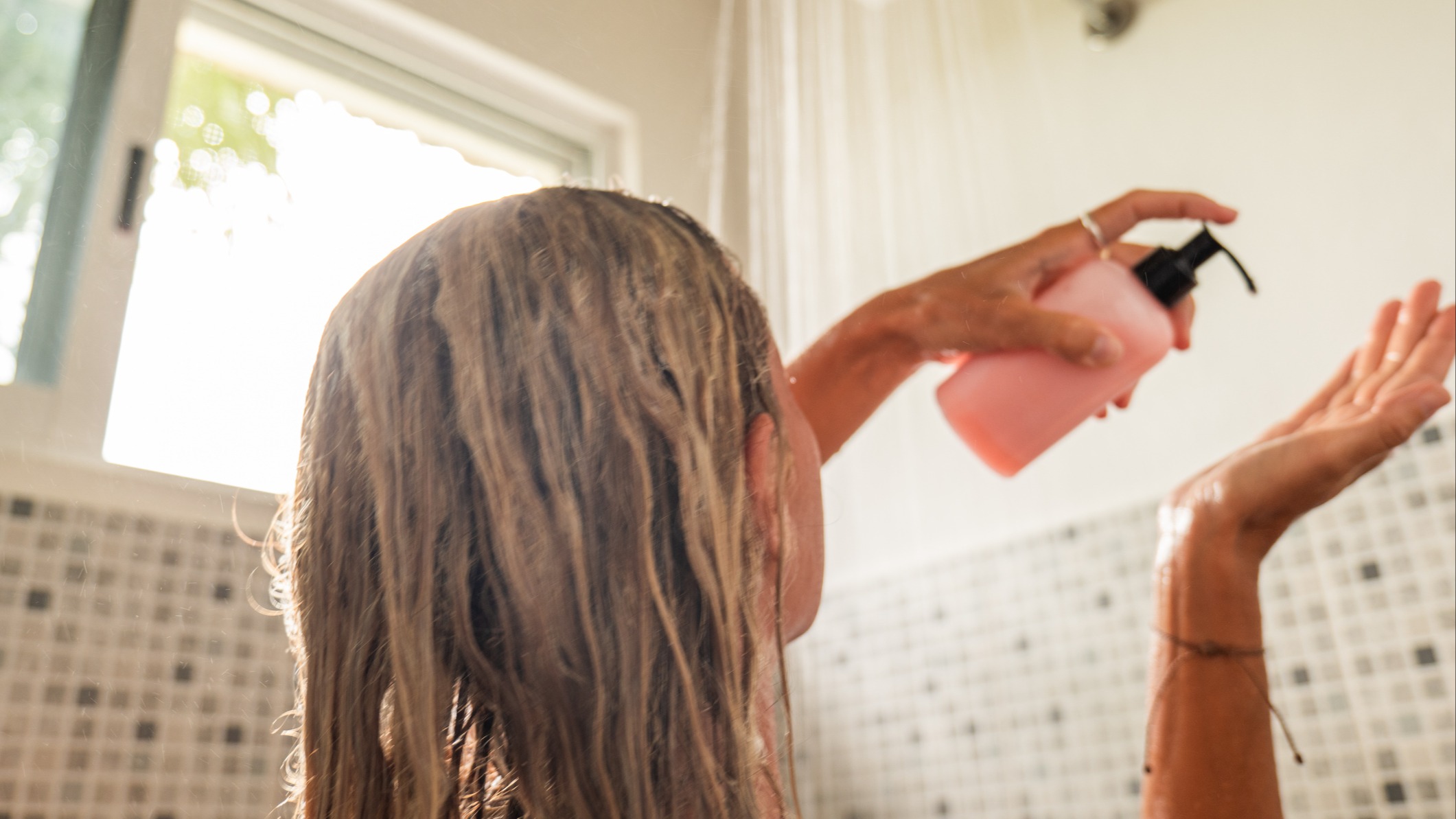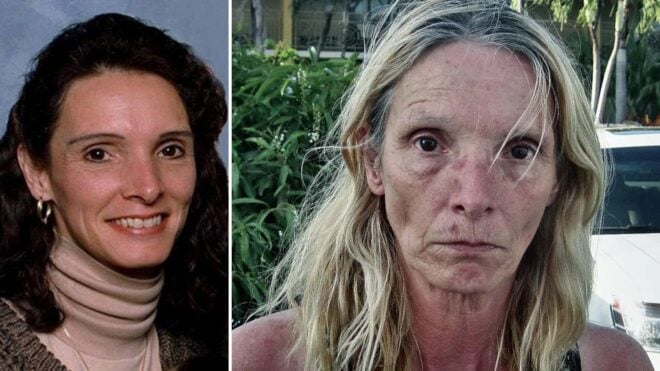
A recent study by researchers at the George Washington University tested "The Grandma Hypothesis." Researchers wanted to know if you actually need to scrub behind your ears and between your toes. As it turns out, it looks like you do.
The researchers examined the microorganisms that live on the skin of healthy humans. They looked at "moist and oily" hotspots on the body that might not be washed as frequently or thoroughly as other areas of the body, such as behind the ears, within the belly button, and between the toes.
Director of the Computational Biology Institute and professor of biostatistics and bioinformatics at the university, Keith Crandall, suspected that different types of bacteria might live on these "hot spots" because people don't wash them as much. Growing up, his grandma always emphasized the importance of “[scrubbing] behind the ears, between the toes and in the belly button.”
According to a news release from the university, students swabbed different areas of the body, including the hot spots, to see what kinds of microbes were living on the skin in different areas of the body.
The collection of microbes living on the skin can impact your health. Which areas of the body had a healthier balance of microbes? The areas that were cleaned better. In other words, grandma was probably not making things up, and there's a reason to scrub behind your ears: an unbalanced microbiome can have a negative impact on your health and can also cause skin issues, like acne, to develop.
More from LittleThings: Maryland Man Shares Horrifying Photo Of Fish That Has A Full Mouth Of Human Teeth
The study, called "Spatial diversity of the skin bacteriome,” was published on September 19 in the medical journal Frontiers in Microbiology. "We analyzed an adult cohort of 129 individuals (579 samples) sampled once at four different years to generate insights into these issues," the researchers concluded in the study. "We showed that bacterial diversity varies spatially across skin regions (belly button, behind ears, between toes, calves, and forearms) and microenvironments (dry, moist, and sebaceous)."




